I Absolutely Refused to Be the “Office Party Planner” Just Because I’m a Woman

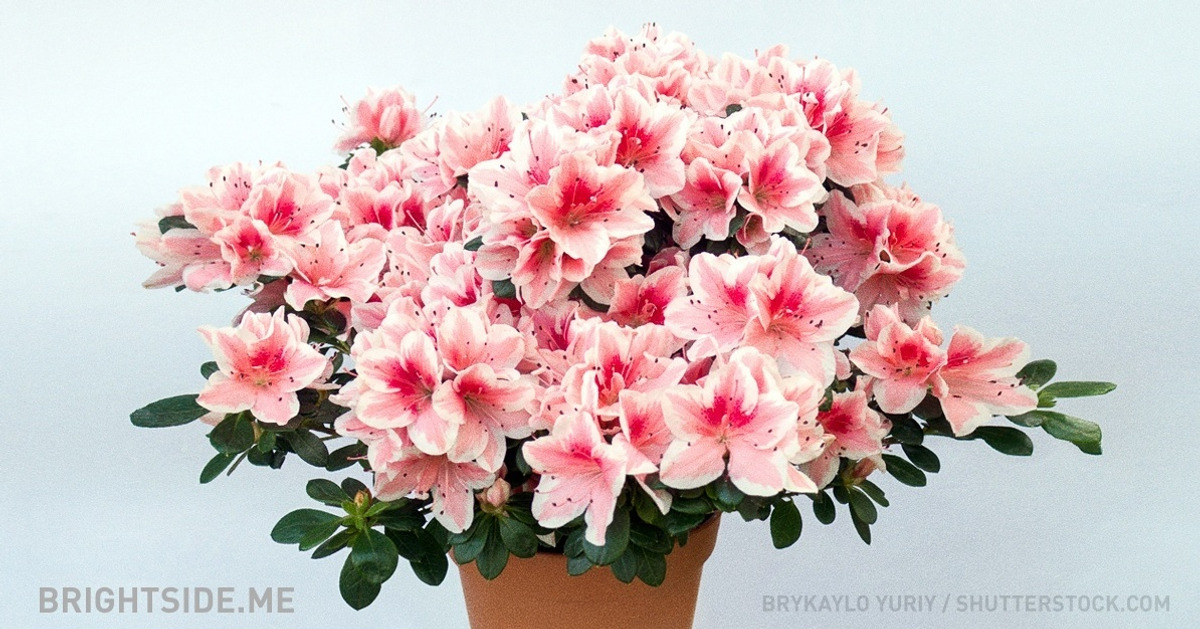
In 1989, NASA launched a Clean Air study to determine which household plants are best at purifying the air. As the research has shown, indoor air contains a large number of harmful chemicals, like benzene, trichloroethylene, ammonia and more. But NASA scientists claim that common indoor plants may provide a valuable weapon in the fight against rising levels of indoor air pollution. Some of them can absorb up to 85% of potentially harmful gases, cleaning the air inside our homes, indoor public spaces and office buildings.
According to the research, the indoor pollutants that affect our health are:
We at Bright Side are convinced that household plants are much more than just beautiful decor. Here are top fifteen plants that you should consider growing in your house in order to have better health and cleaner air.
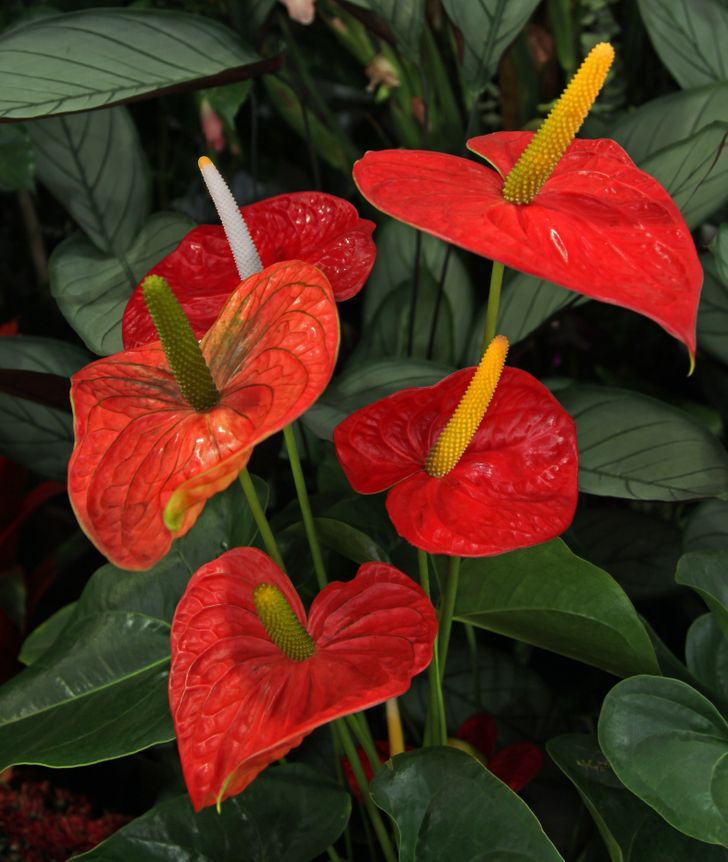
The flamingo lily is great at moisturizing the air and saturating it with water vapours. This plant also absorbs xylene and toluene and converts them into harmless substances.
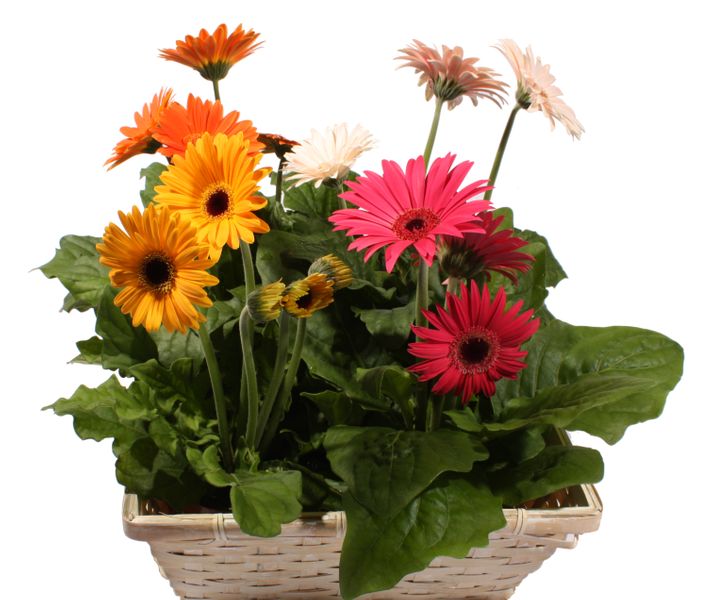
This bright flowering plant is helpful in removing toxic agents such as benzene, formaldehyde and trichloroethylene from the air. Place it in a warm, well—lit area.
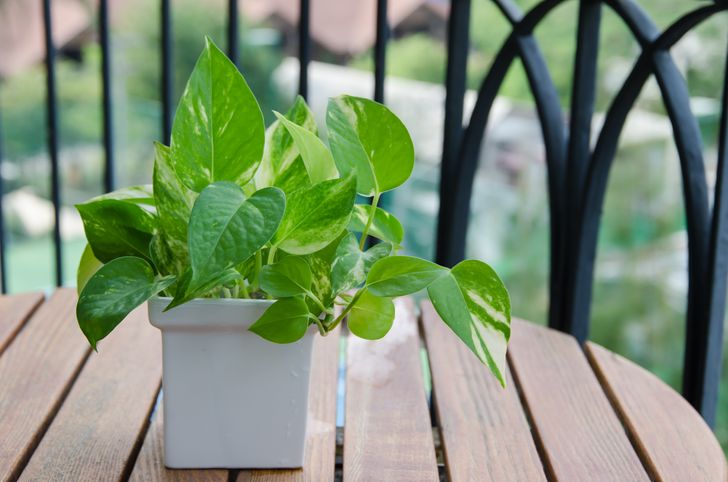
This is one of the best plants to grow in shade. Golden Lotos is also a great way to get rid of benzene and formaldehyde in your home. But keep in mind: Scindapsus is a poisonous plant, which should be kept away from children and animals.
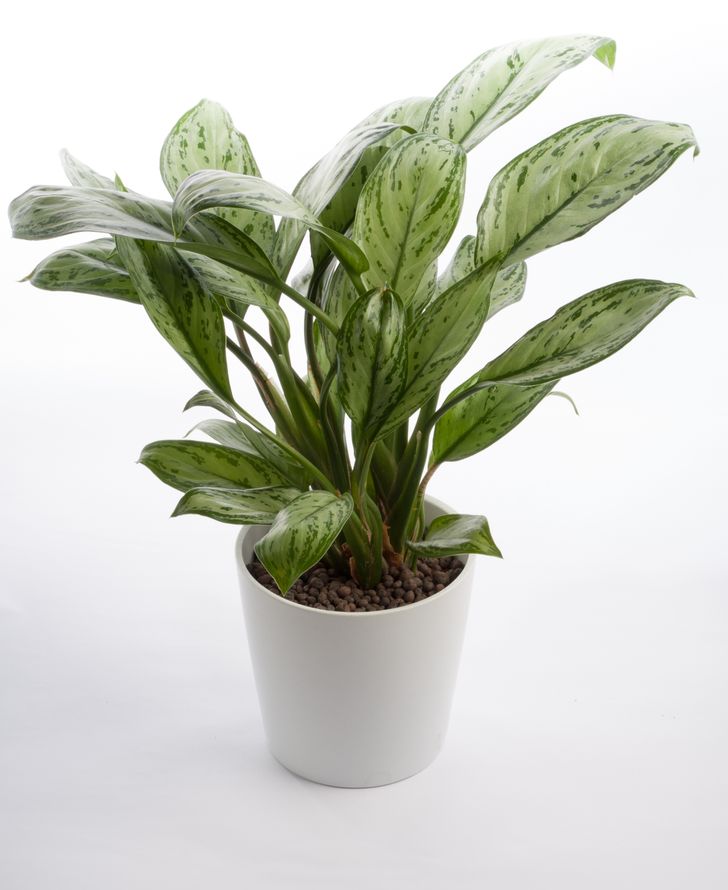
The Chinese Evergreen plant doesn’t need much light in order to do just fine, but it does require moist air. It has proved to be very effective at filtering benzene and formaldehyde from the air. Aglaonema’s juice and berries are toxic, though.
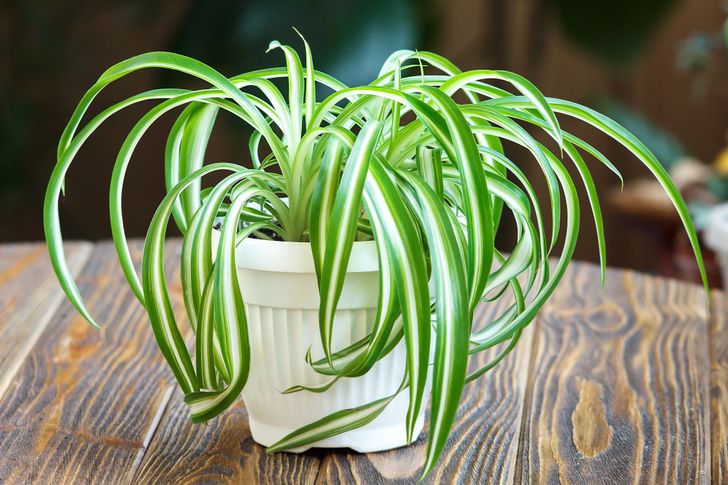
The spider plant, with its rich foliage and tiny white flowers, is a very popular choice for an indoor plant. But it’s not just pretty to look at — studies have confirmed that it helps to remove benzene, formaldehyde, carbon monoxide and xylene from indoor air. Moreover, this plant is absolutely harmless to children and animals.
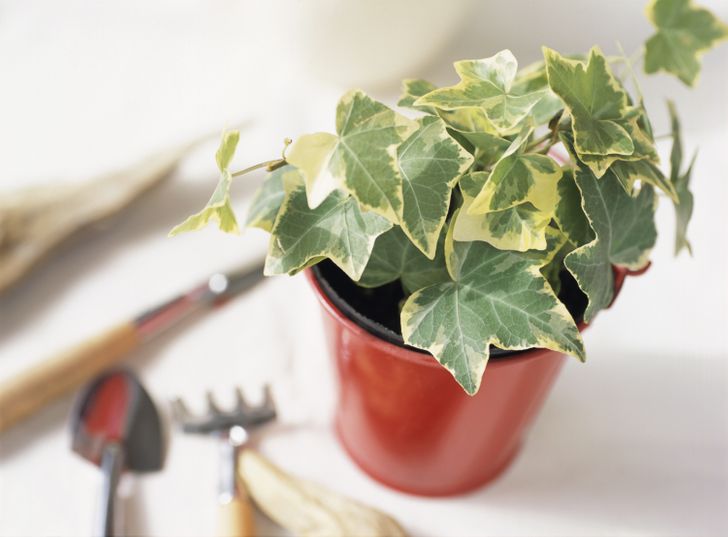
This plant is a great choice for low lighting conditions. Ivy is good at absorbing benzene, carbon-monoxide, formaldehyde and trichloroethylene. It also helps eliminate some allergens, e.g. mold.
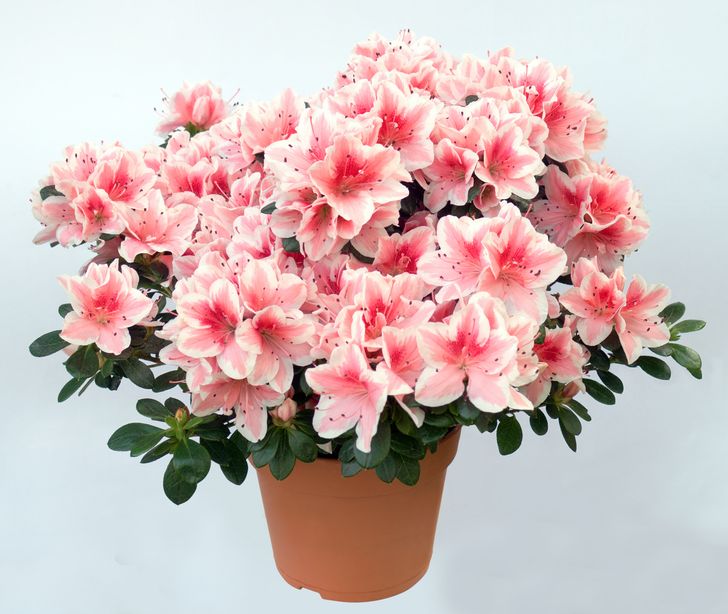
This beautiful flowering plant can help keep your air free of formaldehyde, which is released from the plywood, furniture and carpets. Azalea blooms for a long time, but requires attention.
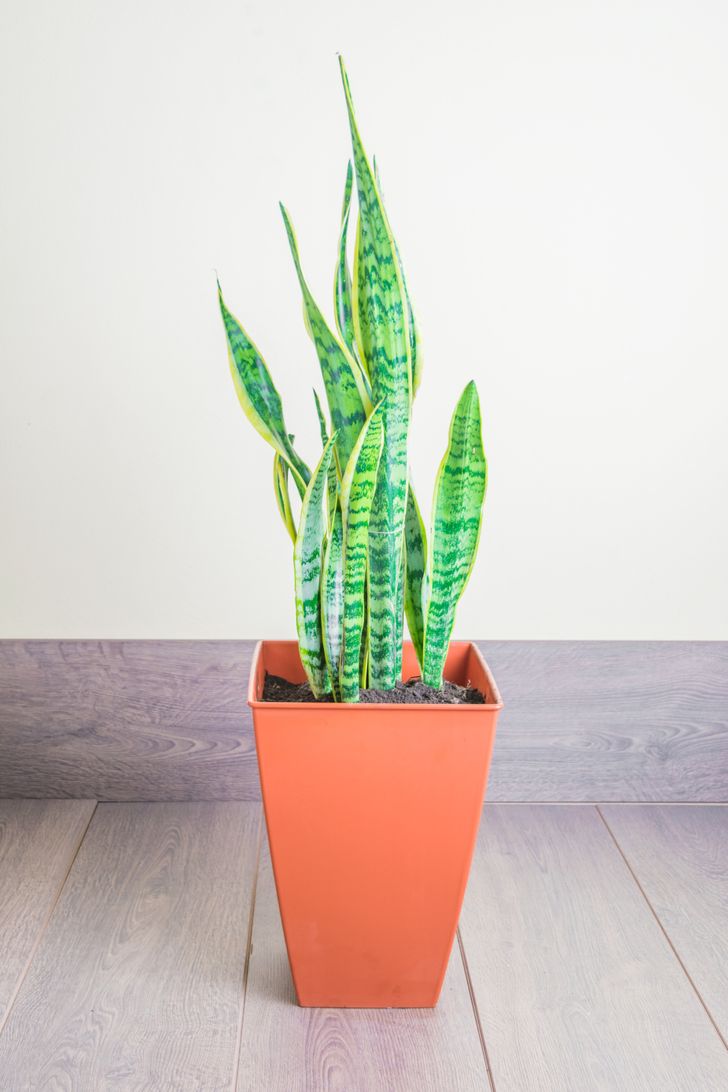
Sansevieria is very hardy, being able to tolerate almost any location and conditions and still grow. It excels at removing formaldehyde, benzene, trichlorethylene from the home or office. At night, this plant also absorbs carbon dioxide and releases oxygen.
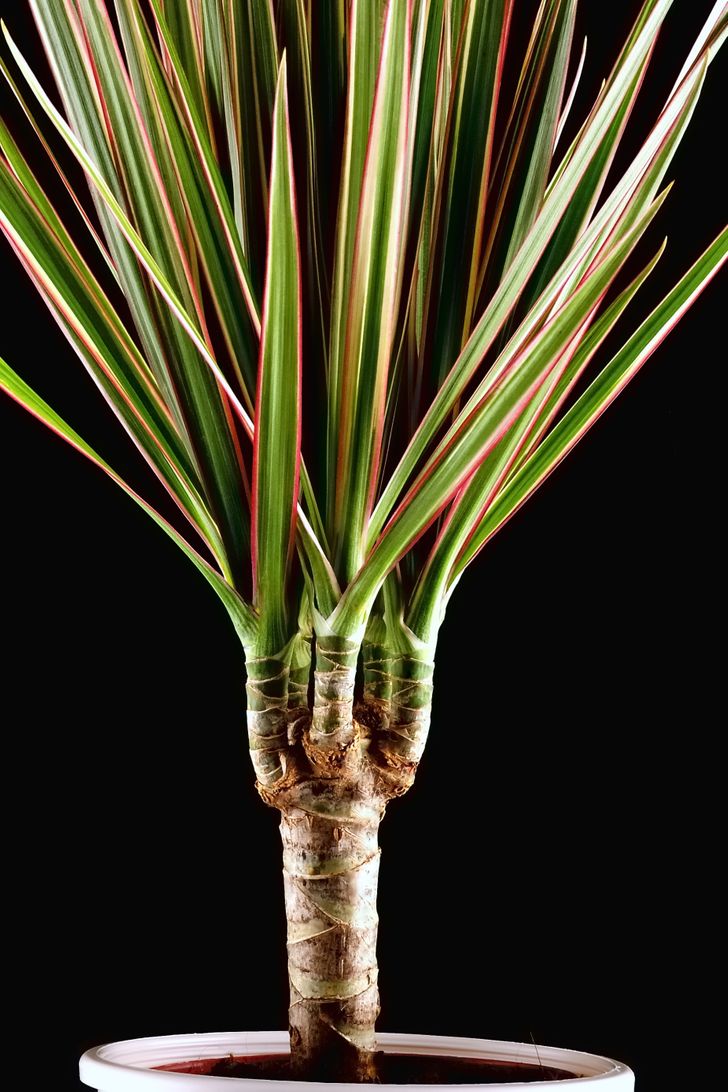
One of the best ways to get rid of xylene, trichlorethylene and formaldehyde in your home is to purchase this plant. Dracaena grows quite slowly, but it’s definitely well worth the wait. You’ll want to make sure you have enough room for this plant, as it can grow very tall. It is better to place Dracaena in a spot with moderate sunlight.
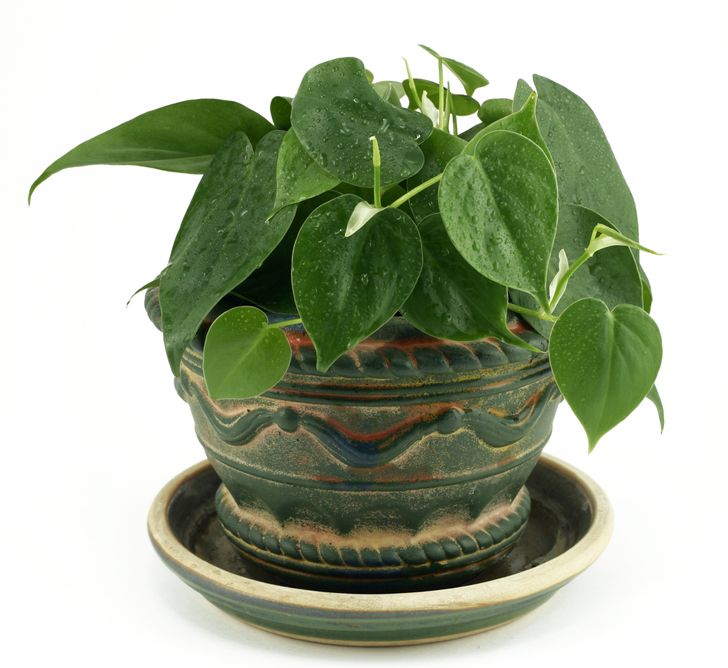
Philodendron is known as a ’workhorse’ for filtering out formaldehyde and other toxic chemicals from the air. Preferring low-light areas, this plant is very easy to take care of. But remember: Philodendron can be dangerous for children and animals.
The Boston Fern is excellent for moisturizing and cleaning the air of formaldehyde, carbon monoxide and xylene. It grows best in shade and requires regular watering.
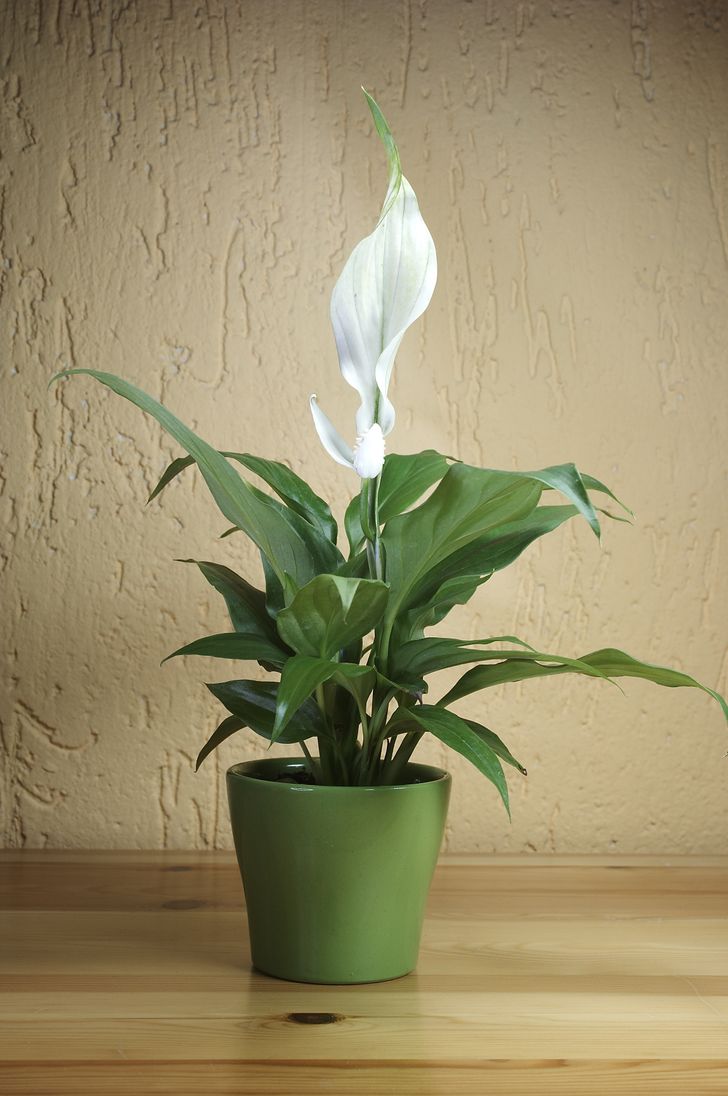
The Peace Lily plant is a very common houseplant which is known for its brilliant ability to remove toxic agents such as benzene, formaldehyde and trichloroethylene from the air. It also can help you get rid of toluene and xylene in your home. Moreover, cleaning the dust from the leaves will make this natural air purifier even more effective.
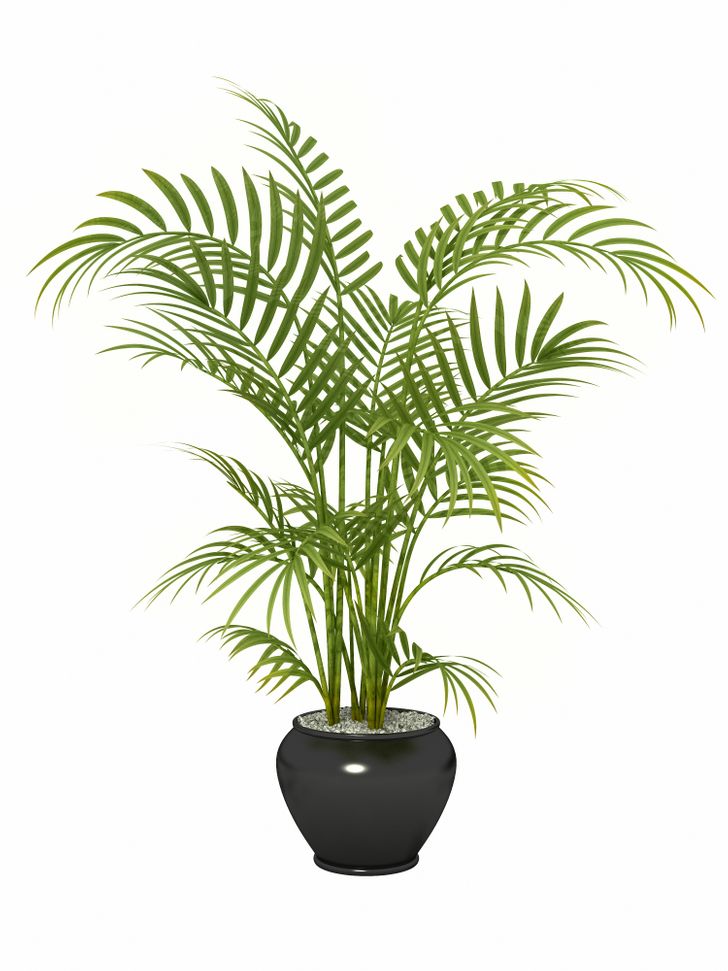
This plant is one of the best for filtering out benzene, formaldehyde and trichloroethylene. Place it next to lacquered furniture and it will vaporize harmful chemicals.
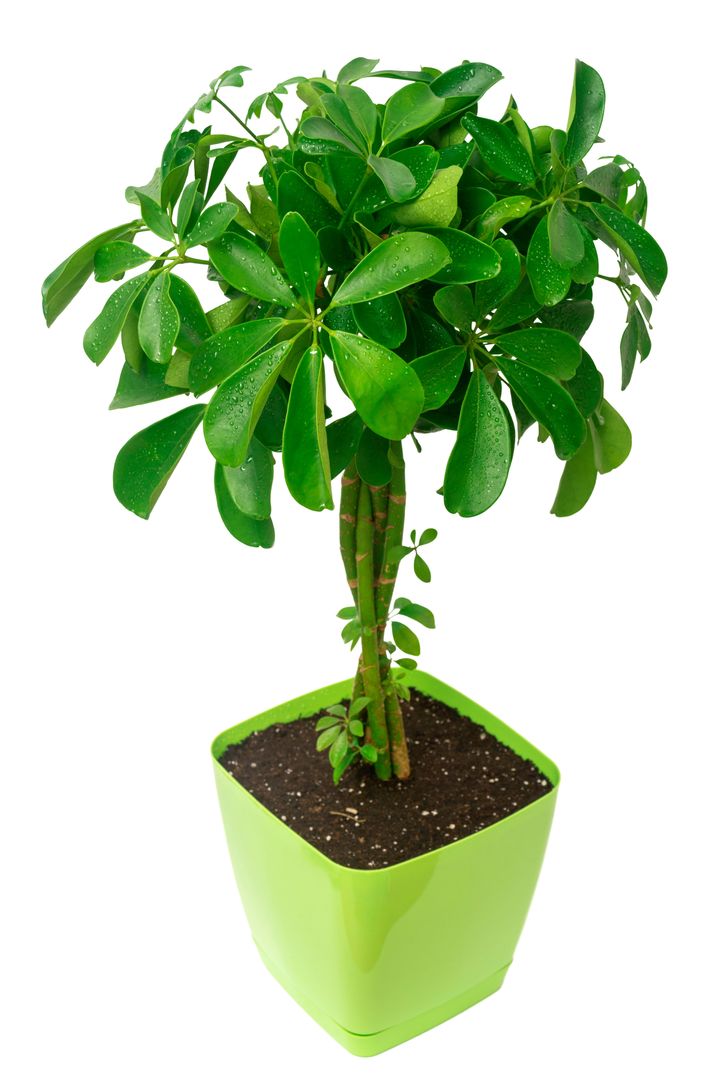
Schefflera has proved to be effective at soaking up formaldehyde, toluene and benzene from the air. With its glossy foliage that radiate out from a central stem, the Schefflera plant is also called an umbrella tree in some countries.
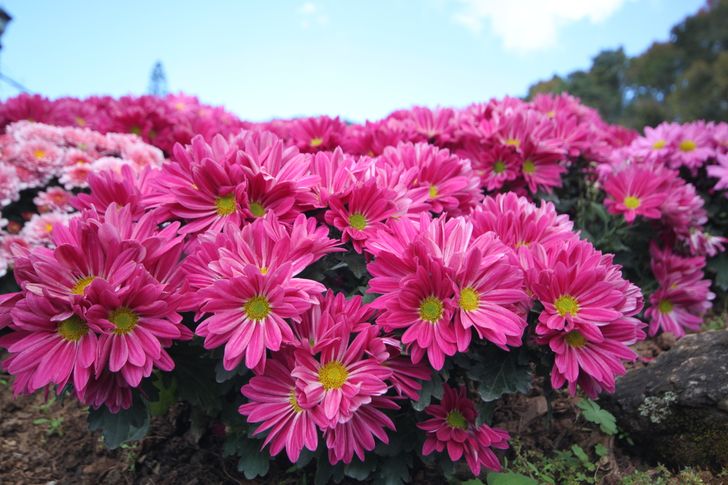
This pretty flowering plant not only makes for a great home decoration, but is also great at removing formaldehyde, xylene, benzene and ammonia from indoor air.











